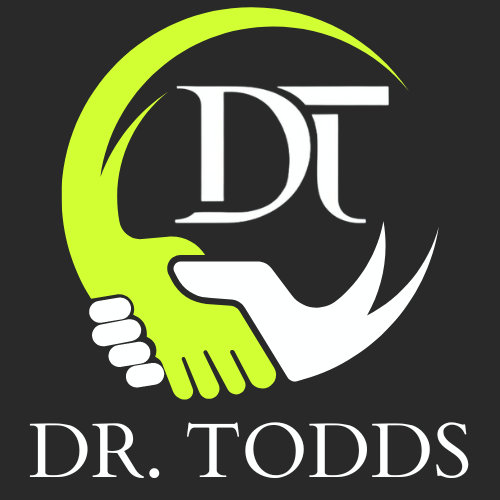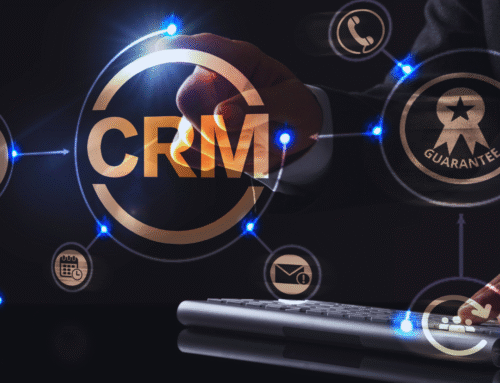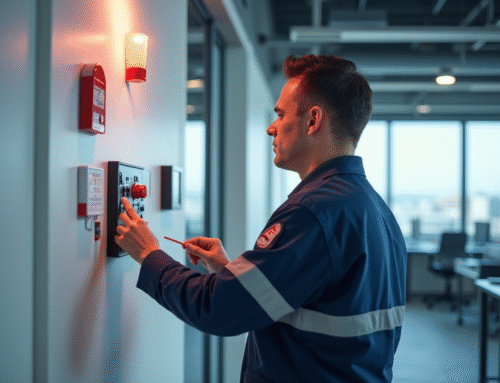
One of the most talked about topics in the search engine optimization (SEO) community is “crawlability.” Crawlability is how you measure how your website runs for search engine robots. There is not much you can do about crawling, indexing, or crawling robots, but there is a lot you can do about crawling user experience, which influences what Google chooses to crawl or not crawl.
What is Crawlability?
Crawlability is the practice of ranking a website’s content based on how easy it is for people to find and read it. Search engines like Google look at a wide range of factors when determining how high a page should rank in its search results.
Crawlability, or how easy it is for search engine crawlers to get your website indexed, is an important consideration for all website owners. Google’s algorithm looks for websites that are crawlable, meaning it is easy to get those pages into Google’s index.
What Is the Crawler?
To better connect to users, some websites have begun integrating a crawler nicknamed a crawler. Marketers do not call these crawlers “spiders” since spiders crawl the internet to find information and map the web. Crawlers, like spiders, crawl websites to collect information about them, but unlike spiders, crawlers are not programmed to seek out information. Crawlers connect to the website using the same kind of software visited by “spiders.”
SEO is how search engines decide which websites to show in the search results. This tip will help you to use crawlers to enhance your SEO results. A crawler is an internet bot or web page that crawls the web, otherwise known as a bot (as in, “bots are crawling everywhere!”), and follows links to find new pages. Users usually interact with crawlers in more passive ways than true bots, such as when they click on a search result. However, crawlers can be used to help website owners monitor and improve their SEO strategy.
Why is Crawlability important to SEO?
Crawlability is an SEO term that refers to the ability of search engines to access and index a website’s pages. Some crawlability issues can slow down indexing and ranking, while others may prevent search engines from retrieving and displaying your website at all. Best practices for ensuring good crawlability involve making sure your robots.txt file is set up properly and is readable by search engines, as well as optimizing content for both search engines and users. Additionally, you should avoid “doorway pages.”
Understanding the significance of crawlability is crucial for all websites, but it becomes even more pronounced for those operating in niche markets. For instance, businesses in the adult industry face unique challenges due to content restrictions and heightened competition. Effective crawlability can significantly impact visibility and traffic in such competitive niches. Partnering with an adult seo agency could be particularly beneficial in these cases. These agencies tend to specialize in addressing the specific hurdles faced by adult websites, ensuring that their content is not only crawlable but also compliant with industry regulations. By leveraging their expertise, these agencies could help improve a website’s structure and navigation while implementing comprehensive strategies tailored to enhance overall visibility in search results.
Another option for businesses is to work with a content marketing agency, that specializes in creating valuable content that enhances both SEO and user engagement. By leveraging the expertise of these agencies, businesses could improve their website’s structure and navigation while implementing comprehensive strategies tailored to enhance overall visibility in search results.
What Can Affect Website Crawlability?
Site map
A site map allows search engines to find what pages they have indexed, what pages they are missing, and which pages need to be crawled. The sitemap helps search engines understand what pages exist on your site and what pages are missing.
Website Loading Speed
Slow page load speed. This is absolutely a critical factor. Having a fast load time is not only important for user experience but also for SEO. It’s not enough to just have a fast page speed. You need to ensure that Google and other search engines can crawl the page quickly.
Internal Links
Internal links are links that connect to pages that already exist on your own website. By linking to pages that already belong to your site, you’re essentially linking the search engines to additional content. These links can improve your site’s crawlability, but they can also negatively affect it, depending on how your internal link structure is set up.
Crawlability is an important aspect of search engine optimization, but it’s not always obvious. Crawlability is the percentage of a webpage that’s easily viewed by a search engine. Google calls this the “indexation rate,” and Bing calls it the “crawl rate,” but the term “crawlability” is common in the SEO community.



